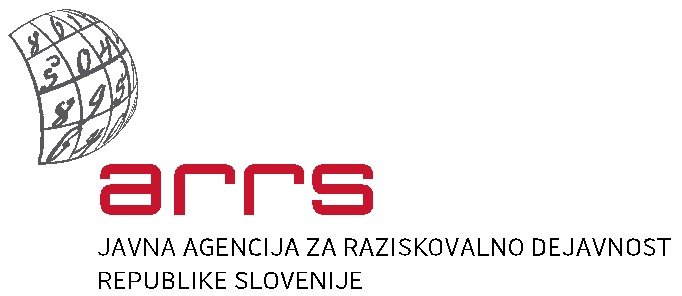Development of a "real" topological insulator based on Bi2Se3
Project content and funding
Bi2Se3 is one of the most widely used 3D topological insulators (TIs). One of the main challenges when using Bi2Se3 is the presence of strong n-type doping due to the presence of defects (mainly Se vacancies). In such cases, the measured Fermi level is located in the conduction band of Bi2Se3 (and not in the band gap), which precludes the use of polarized electrons in topological surface states. Defects act as scattering centers and thereby increase the density of charge carriers. Therefore, achieving dominant TI surface charge transport remains a challenging task.
To further advance the use of TIs, more research needs to be focused on the preparation of more insulating TIs. State-of-the-art characterization methodologies that use the study of extremely low-density structural defects can greatly assist in this.
The project is carried out in collaboration with École Polytechnique Fédérale de Lausanne (EPFL- Switzerland)
The goals of this project are:
1.) to investigate our innovative approach - the gold pump - to reduce the defect concentration and increase the crystal resistivity of Bi2Se3 towards the Mott limit (3·1014 cm-3)
2.) investigate the local defect structures in a modified topological insulator based on Bi2Se3 in order to understand alternative approaches that can be used to increase the crystal resistance.
Duration of the project: 1.12.2021 – 30.11.2024
Financing: The project is financed by the Research Agency of the Republic of Slovenia (project code J2-3039).
Project team
- prof. dr. Matjaž Valant (UNG)SICRIS
- prof. dr. Mattia Fanetti (UNG) SICRIS
- prof. dr. Sandra Gardonio (UNG)SICRIS
- doc. dr. Blaž Belec (UNG)SICRIS
- prof. dr. Vasiliki Tileli (EPFL)
- dr. Saul Estandia Rodigruez (EPFL)
Project work packages
WP1: Manipulating structural point defects with processing and post-processing techniques
WP2: Characterization of electronic and transport properties of synthesized 3D and 2D systems based on Bi2Se3
WP3: TEM analysis of local defects and their chemical environment in 3D Bi2Se3 systems
WP4: Analysis of defect dynamics and conduction band measurements of 2D Bi2Se3 layers by in-situ TEM techniques
Project results
Scientific article:
Valant Matjaž, Gardonio Sandra, Estandia Saul , Fanetti Mattia, Matetskiy Andrey Vladimirovich , Sheverdyaeva Polina M., Moras Paolo, Tileli Vasiliki "Chemical interactions at the interface of Au on Bi2Se3 topological insulator" Journal of Physical Chemistry C; 2024; Vol. 128, issue 38; p. 16154-16160.
Fanetti Mattia, Ferfolja Katja, Gardonio Sandra, Valant Matjaž "The interface between Pt and Bi2Se3: instability and formation of a new ordered phase" Applied Surface Science Advances; 2024; Vol. 21, [article no.] 100610.
Gardonio Sandra, Benher Zipporah Rini, Fanetti Mattia, Moras Paolo, Sheverdyaeva Polina M., Valant Matjaž "Single crystal synthesis and surface electronic structure of Bi1.993Cr0.007Se3" Journal of materials chemistry; C; Materials for optical and electronic devices; 2024; Vol. 12, issue 34; p. 13236-13241;
Invited lecture:
Valant Matjaž, Gardoni Sandra, Fanetti Mattia. Stability of interfaces between Bi2Se3 topological insulator and metals. V: Annual International Congress on Materials Science and Nanoscience [also] AICMSN2025 : March 13-15, 2025, Rome, Italy : book of abstracts. [Hyderabad]: Synergia Summits, 2025. p. 15-16.

